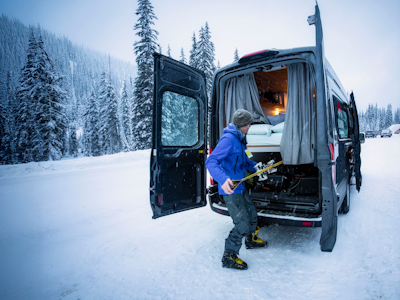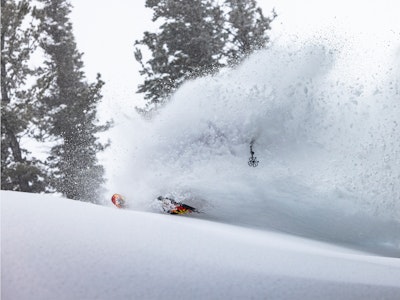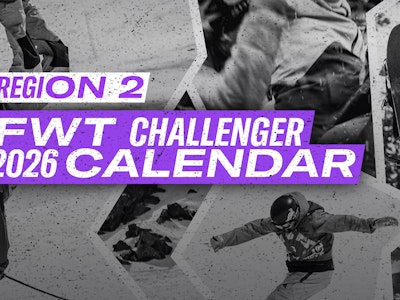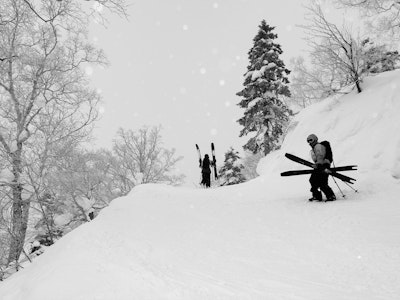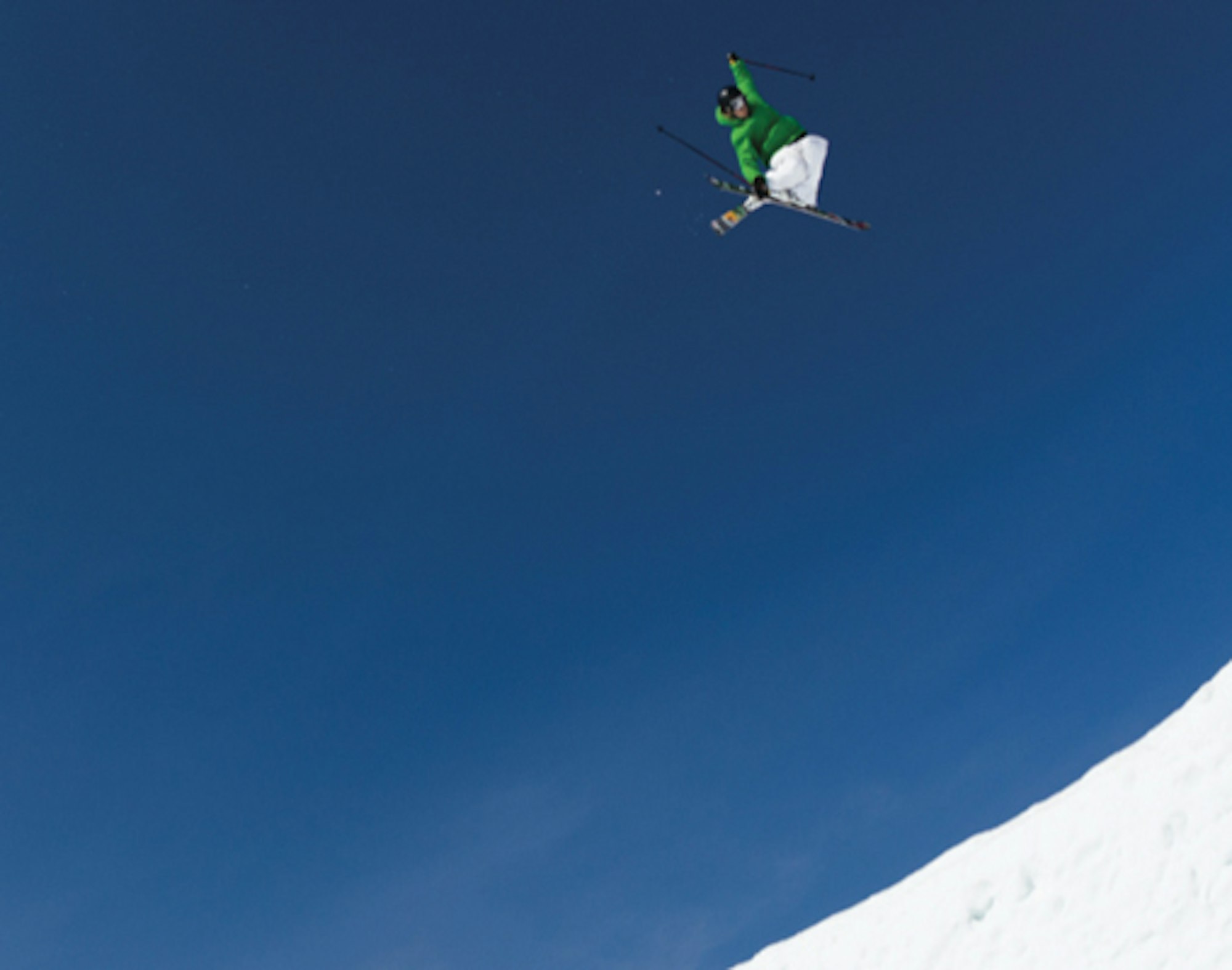By Kristi Leskinen
In the winter of 1999-’00, Sarah Burke was making her name in freeskiing in Canada while I was doing the same in the States. Freeskiing and twin-tip skis were brand new concepts, yet even then her reputation preceded her. At that time, I knew Sarah only as “that girl from Canada who can do 1080s.” Those who had seen us both touted us as rivals, and there was great anticipation for our first meeting. Thankfully, it turned out that Sarah and I quickly became allies, rather than rivals, in advancing our sport. She went on to become one of freeskiing’s most decorated athletes, one of women’s sports biggest and brightest stars and one of my best friends.


In those early days, there were no women’s divisions at competitions and no girls in ski videos. Women weren’t invited to competitions because there weren’t enough participants, but equally true, there weren’t enough participants because there weren’t any competitions. Sarah and I sent letters to contest organizers, we grew the field by encouraging other women and we pled with our sponsors to push the competitions to include women. When we showed up at competitions, we were often offered forerunning spots, usually early in the morning, long before any spectators arrived. As contests began to include us, we were thrown in only as time allowed. We often spent the entire day on call without getting the chance to compete, or skied first thing or just before the sun went down. As more women entered the field, we demanded more attention, and in 2005 we got our first shot at the X Games and Gravity Games.
Over the next few years, Sarah dominated the competition scene. She was always the girl to beat. It’s said that it’s much easier to get on top than it is to stay on top, but Sarah stayed there throughout her career. Although talented, it was not talent alone that kept her there. Her bravery and determination made her tough to beat. No one wanted it more, worked at it harder or ever got up from bigger crashes. No matter the circumstances, the injury or who was asking, she would always reply, “I’m fine.” More remarkably, she’d say it with a genuine smile. She had an ability to smile no matter the situation. In victory or defeat, she’d smile, then go home to be the life and soul of whatever party she could find.’
Another obstacle Sarah and I tackled was the lack of women’s prize money. While the men were taking home purses of up to $20,000, the women’s purses were rarely more than $2,000. No one was tougher or braver than Sarah, but she was also savvy. She knew that credibility would only come with accomplishment, and that the only way to get fair treatment was to prove we were deserving. She certainly achieved that. Maybe she just loved to ski, but when the time came to compete she had an amazing ability to set aside frustration and injustice and win an event with grace and, of course, a smile. In 2008, with the support of the Women’s Sports Foundation, women skiers at the X Games finally took home the same prize money as the men. Though in 2011 we were still working on equal inclusion in the Winter Dew Tour, Sarah never let the slow pace of change get her down.
Her strength of character and perseverance were simply unmatched. If I could garner some of her qualities, I would choose her ability to overcome frustrations, to be grateful for every opportunity and to always have a smile, even when she’d rather not. She loved what she did, and she made that obvious to people around her. No one was more likable. She ought to be remembered by every freeskiing athlete at the 2014 Olympics who surely owe her a debt of gratitude because without her, freeskiing would not be there.
The last time I saw Sarah was with Kaya Turski over dinner in December in Breckenridge. The three of us started by talking about the company that Sarah and Kaya dreamed of starting. Then the chat progressed, and we spent the rest of the evening scheming over the next step in bettering the sport. We discussed the results of a survey of slopestyle skiers that Sarah and Kaya had helped me develop and what the results could mean for the sport’s next generation of women. After all of her accomplishments over her 13 years on top of the sport, Sarah was still passionate and always dreaming of ways to make the sport better.

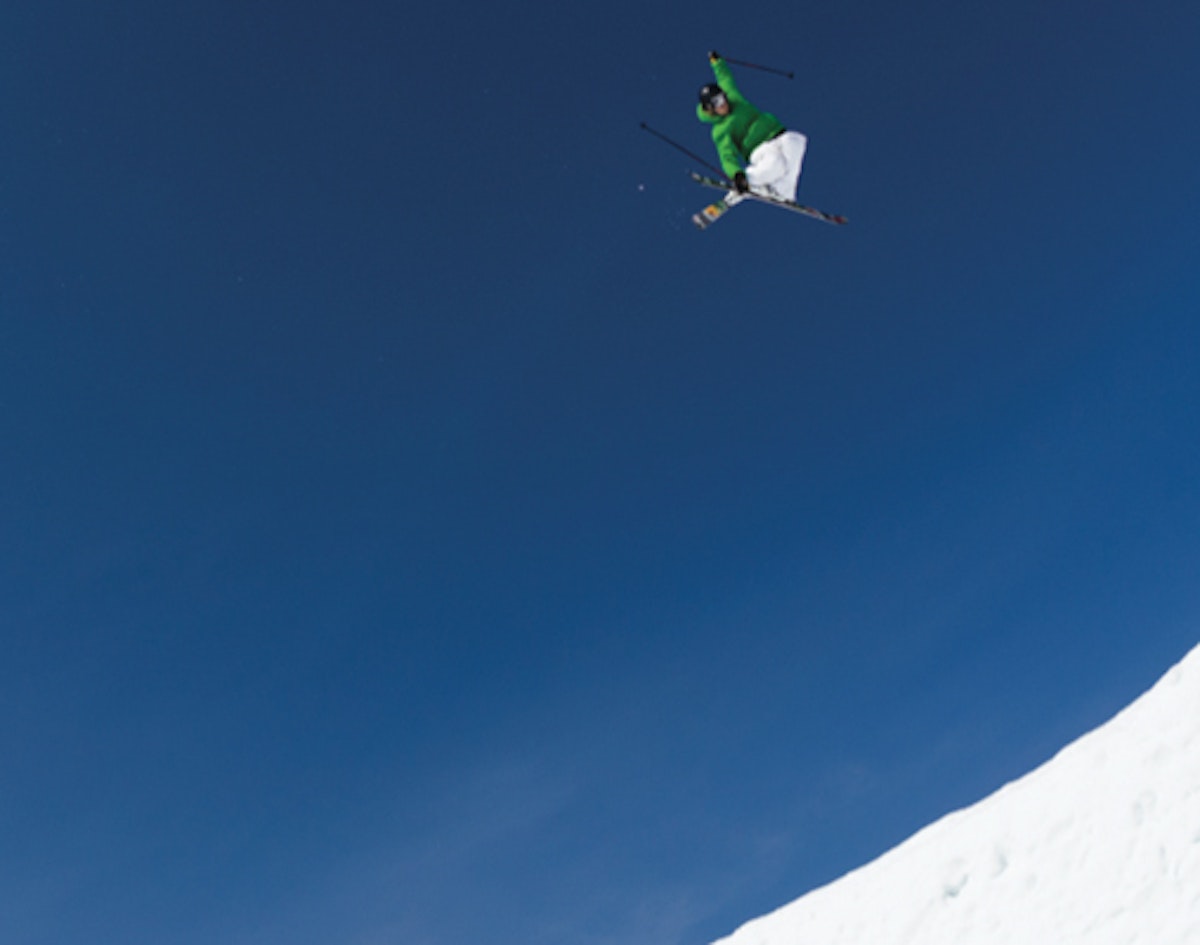


![[GIVEAWAY] Win a 4-Night Karma Campervan Rental and go Ski the Powder Highway](https://www.datocms-assets.com/163516/1767816935-copy-of-dji_0608-1.jpg?w=200&h=200&fit=crop)

![[GIVEAWAY] Win a Legendary Ski Trip with Icelantic's Road to the Rocks](https://www.datocms-assets.com/163516/1765233064-r2r26_freeskier_leaderboard1.jpg?auto=format&w=400&h=300&fit=crop&crop=faces,entropy)

![[GIVEAWAY] Win a 4-Night Karma Campervan Rental and go Ski the Powder Highway](https://www.datocms-assets.com/163516/1767816935-copy-of-dji_0608-1.jpg?auto=format&w=400&h=300&fit=crop&crop=faces,entropy)

